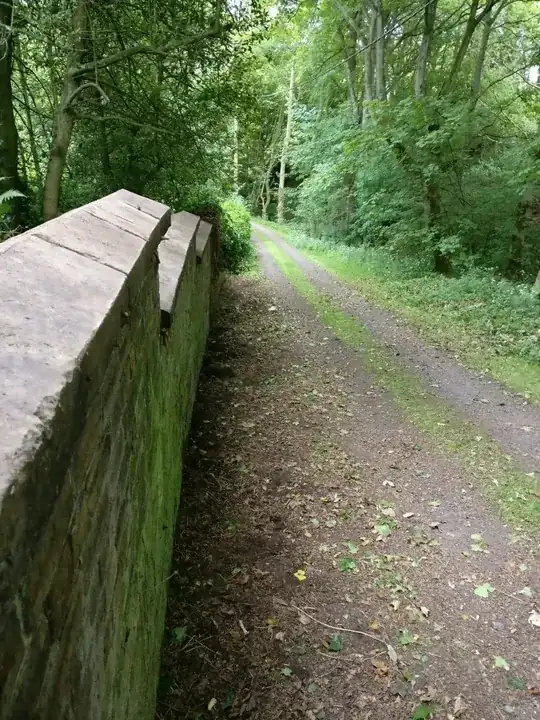Our property borders an old area of woodland, with a stream running down next to our drive on the far side. There are already some bluebells but we would like to add more flowers, however we would like to be sensitive to the area... in our garden itself things like tulips and crocuses and daffodils are planned but in the more wild area I don't want non-native species.
All I have thought of so far are bluebells and snowdrops, which we plan to plant ASAP as autumn is here in Northern England. Are there other spring/summer/autumn flowers, particularly bulbs, I should be aware of?
The right hand side of the drive is where I'm talking about... our garden proper is on the other side of the long wall:
